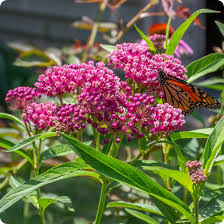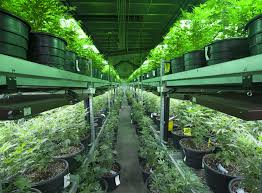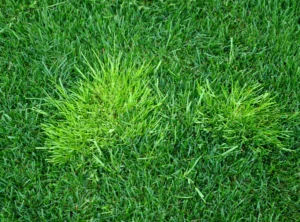Milk Weed, Milkweed, a term that encompasses various species within the Asclepias genus, plays a critical role in ecosystems, particularly in supporting pollinators like butterflies and bees. These plants, known for their distinctive, often fragrant flowers and milky sap, are much more than just a garden addition—they are vital to maintaining the health of our environment.
Why Milkweed Matters
One of the most significant reasons for milkweed’s importance is its relationship with the Monarch butterfly. Monarchs rely on milkweed as their host plant; the female Monarch lays her eggs exclusively on milkweed, and the larvae (caterpillars) feed on its leaves. Without milkweed, Monarch populations would face severe declines, as the caterpillars would have no food source. This relationship highlights the interconnectedness of species within an ecosystem and underscores the need to preserve milkweed habitats.
Milkweed Varieties
There are several species of milkweed, each with its own unique characteristics. Some of the most common include:
- Common Milkweed (Asclepias Syriaca): Known for its large, pinkish-purple flower clusters and broad leaves. It is often found in fields and along roadsides.
- Swamp Milkweed (Asclepias Incarnata): Prefers wet, swampy conditions and features clusters of pink flowers. It is an excellent choice for wetland restoration projects.
- Butterfly Weed (Asclepias Tuberosa): This variety sports bright orange flowers and thrives in well-drained soils. It is particularly attractive to pollinators and can be a vibrant addition to gardens.
Cultivating Milkweed
Planting milkweed in gardens and landscapes is an effective way to support local pollinators and contribute to biodiversity. When cultivating milkweed, consider the following tips:
- Choose the Right Species: Select a milkweed species that suits your local climate and soil conditions.
- Provide Proper Care: Milkweed generally requires full sun and well-drained soil. Water it moderately and avoid over-fertilizing, as too much fertilizer can reduce the plant’s attractiveness to Monarchs.
- Avoid Pesticides: Pesticides can harm not only the Monarch caterpillars but also other beneficial insects. Opt for natural pest control methods to protect these crucial pollinators.
- Encourage Natural Habitat: Incorporate a variety of native plants to create a supportive environment for Monarchs and other pollinators.
Conservation Efforts
The decline of milkweed populations due to habitat loss, agricultural practices, and climate change has been a significant concern for conservationists. Organizations and initiatives are working tirelessly to restore milkweed habitats and promote awareness about its importance. By participating in or supporting these efforts, individuals can contribute to the survival of Monarch butterflies and the overall health of our ecosystems.
Conclusion
Milkweed is much more than a mere plant; it is a keystone species that supports the lifecycle of Monarch butterflies and other pollinators. By understanding its role and taking steps to cultivate and protect milkweed, we can all play a part in preserving these vital creatures and the ecosystems they inhabit.
You Might Also Like These:



